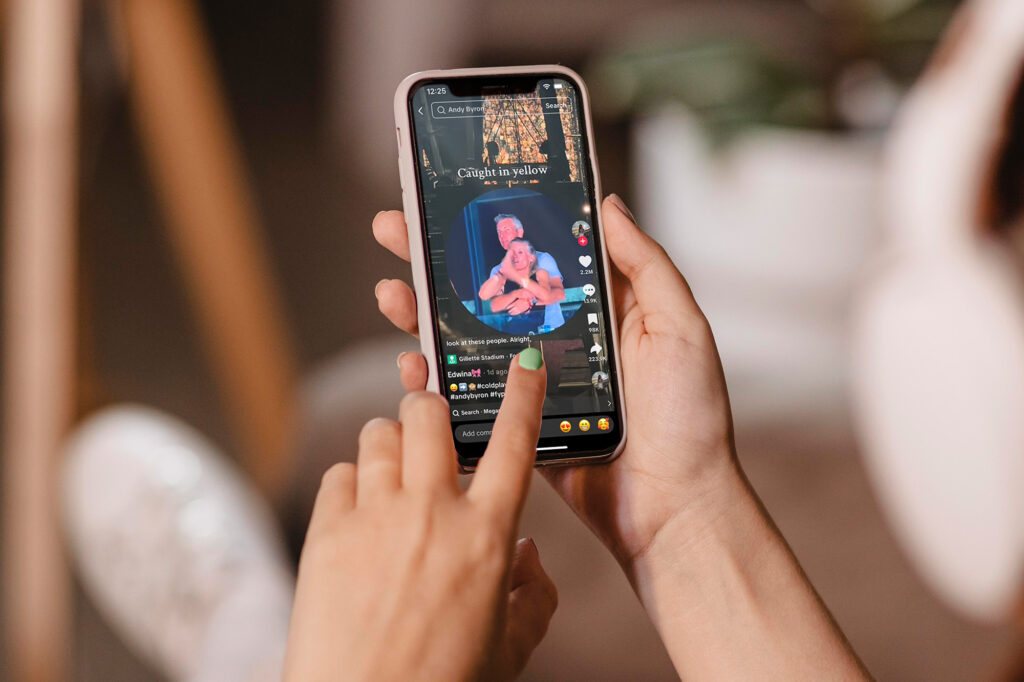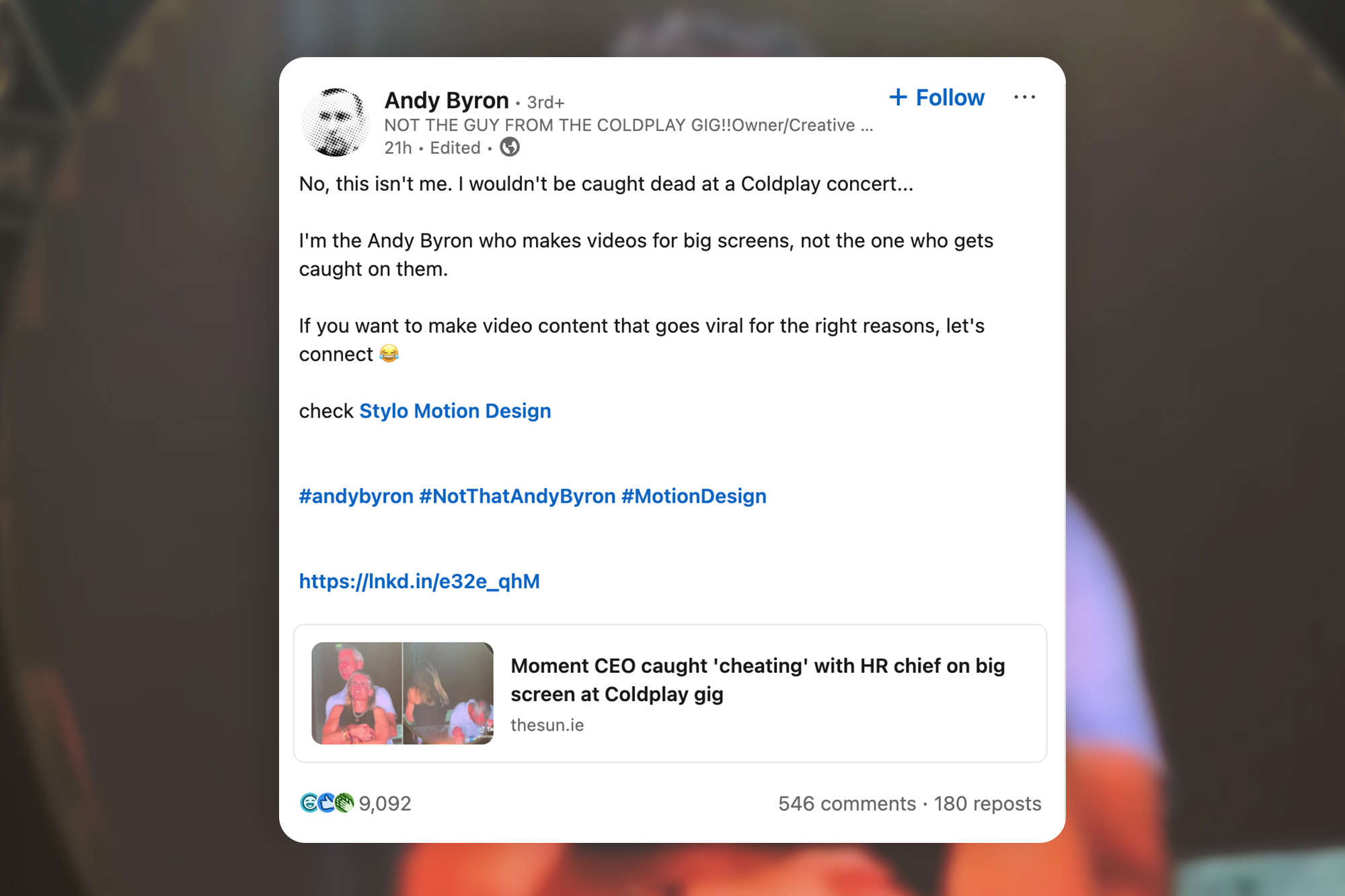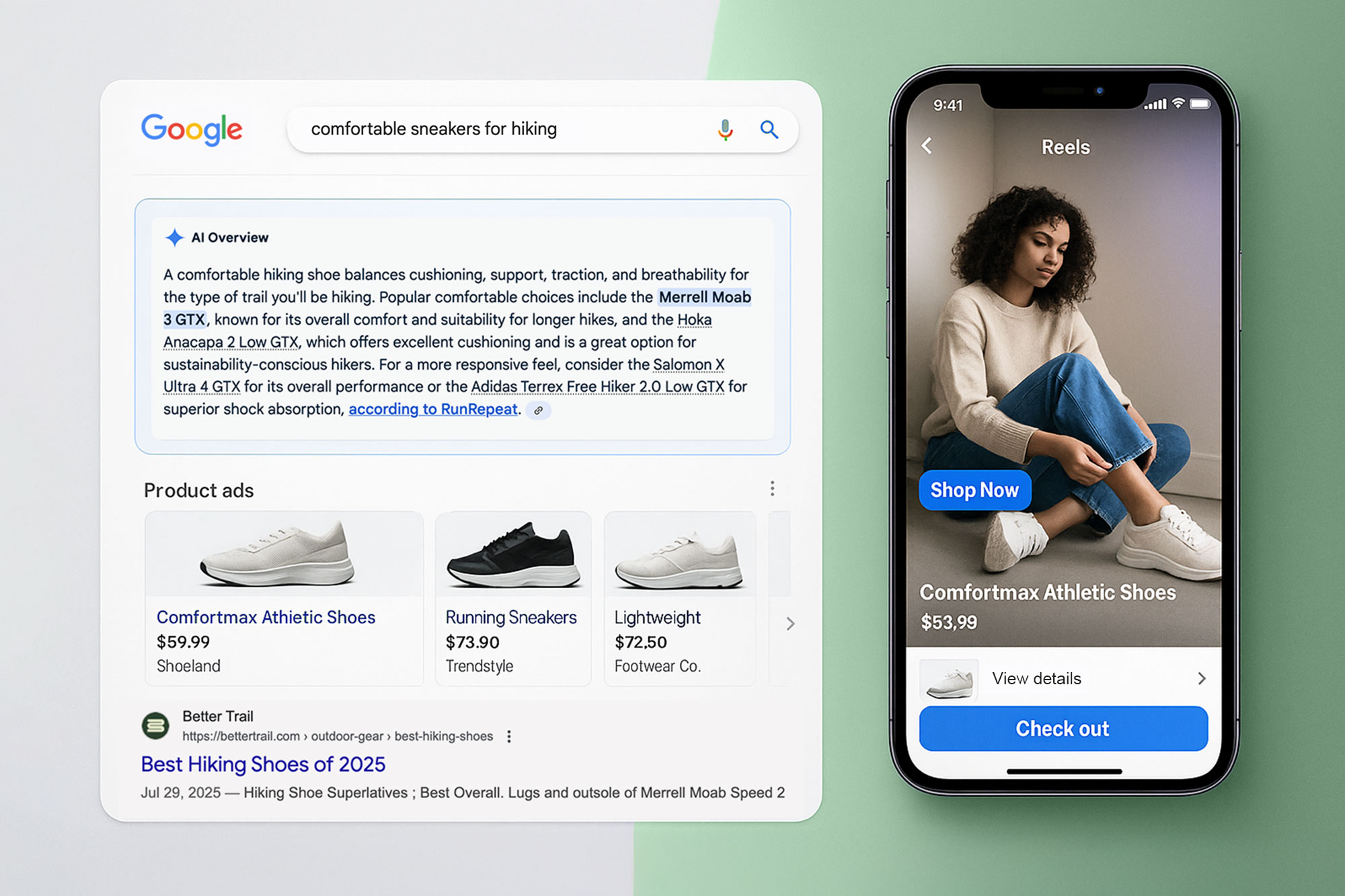The Enduring Power of Branding in a Dynamic World
In today’s fast-paced digital landscape, branding remains the soul of your business – how it’s perceived, felt, and remembered. It’s the comprehensive process of crafting a distinct identity that genuinely resonates with your target market. Your brand is the “face and personality” of your business. It defines your origins, values, and reliability, helping you stand out and connect with customers. Consistency across all channels is paramount for building a strong connection.
The Pillars of a Powerful Brand: Differentiation, Trust, and Emotion
A strong brand rests on three pillars:
- Differentiation: Your brand makes you unique, cutting through market noise to highlight what makes you compelling.
- Trust and Credibility: Consistent branding signals professionalism and reliability, cultivating trust when you deliver on promises.
- Emotional Connection: This is the heart of loyalty. Branding uses visuals and messaging to evoke feelings, fostering deep loyalty when it aligns with customer values. Emotional connection is the ultimate differentiator.
Tangible Benefits: Recognition, Sales, and Growth
Investing in branding delivers concrete results:
- Increased Customer Awareness: Boosts visibility, helping your product stand out. 68% of companies report that brand consistency has contributed 10% to more than 20% of their revenue growth.
- Enhanced Loyalty and Advocacy: Turns customers into long-term advocates, with 39.4% willing to spend more on loyal brands even if cheaper options exist.
- Competitive Advantage: Highlights your uniqueness, giving you an edge.
- Fueling Business Growth: Streamlines marketing, reduces customer acquisition costs, and supports premium pricing, leading to sustained growth. Branding acts as a force multiplier for marketing ROI.
The Social-First Revolution: Building Brands in 2025
In 2025, social media is the primary starting point for brand building. This “social-first” model means engaging in real-time conversations and co-creating with communities. Examples like Heinz’s “Seemingly Ranch,” Stanley’s car replacement, or Andy Byron’s clever use of a viral mistaken-identity moment at a Coldplay concert show how brands—and even individuals—can leverage social insights and trending moments to shape identity and engage authentically.
Strategic Advantages of Going Social-First
A social-first approach offers powerful benefits:
- Immense Reach: Over 5.31 billion social media users globally as of April 2025, equating to 64.7% of the total global population, offer unparalleled reach.
- Cost-Effectiveness: Social media marketing is often more economical than traditional advertising, especially for smaller businesses. Viral marketing and electronic word-of-mouth (eWOM) provide inexpensive ways to boost sales.
- Real-time Engagement and Feedback: Direct line to customers for immediate feedback, problem-solving, and stronger relationships. This amplified “network effect” means positive engagement spreads exponentially, but also highlights the need for real-time monitoring.
Key Trends Shaping Social-First Strategies in 2025
- Content Experimentation and Creative Disruption: Brands prioritize entertainment, pushing creative boundaries, sometimes “ditching traditional brand consistency” for adaptive expression. “Outbound engagement” (commenting on others’ posts) is rising to build community.
- Leveraging Social Listening for ROI: A critical tool for understanding audiences, refining strategies, and anticipating crises. Social marketers using listening tools report increased confidence in demonstrating ROI.
- The Transformative Role of AI: AI is fundamental. Generative AI helps marketers create significantly more content at scale. AI is also used strategically for analytics and forecasting. The challenge is ethical use, enhancing human creativity without losing the “human touch.”
- The Ascendance of Video and the Creator Economy: Video remains king. The creator economy continues to expand, with micro-influencers and UGC vital for authentic content. Brands are increasingly adopting a creator mindset themselves, blurring the lines between brand and influencer.
- Cultural Fluency, Social Search, and Niche Communities: Brands must understand cultural moments, optimize for social search (as platforms like TikTok are major search engines), and engage in private, niche communities.
Impact: Perception, Relationships, and Purchasing Decisions

Social-first strategies reshape brand perception and purchasing decisions:
- Building Trust Through Transparency: Social media is often the first contact. Consumers overwhelmingly prefer honest and transparent brands. Engagement fosters deeper connection.
- The Power of Social Proof: Positive reviews and UGC create a “ripple of positive buzz”. Positive reviews, testimonials, and user-generated content are powerful types of social proof that serve as powerful endorsements that can significantly influence buying decisions. Influencer credibility guides decisions.
- Elevating Customer Service and Loyalty: Social media is a primary support channel. Quick, empathetic responses lead to higher loyalty.
Navigating the Challenges and Pitfalls
In a fast-moving digital landscape, even the best intentions can stumble. Here’s how to avoid the most common challenges and stay ahead.
- Content Saturation and Authenticity: Social feeds are overcrowded, and audiences are quick to scroll past anything that feels generic. While AI can speed up content creation, it risks diluting authenticity, the one thing audiences trust.
- Avoid: Forced trendjacking or generic content at scale.
- Do: Prioritize quality, use real voices (customers, team, creators), and let trends inspire rather than dictate.
- Platform Changes and Privacy Concerns: Algorithm updates and tightening privacy laws (like cookie deprecation and consent-first models) make it harder to reach and track users consistently.
- Avoid: Chasing every new platform or feature.
- Do: Focus on where your audience is already active. Build first-party data strategies and create content that performs even when algorithms shift.
- Common Mistakes: Even solid strategies can miss the mark if these basics aren’t covered:
- Ignoring Video: Short-form video (Reels, TikToks, Shorts) drives the most engagement—don’t rely on static content alone.
- Neglecting Engagement: Social is a two-way street. Ignoring comments and DMs weakens trust. Respond consistently and authentically.
- Inconsistent Strategy: Irregular posting or mixed messaging confuses followers. Stick to a clear tone and schedule.
- Over-Automation: Tools help, but too much automation feels impersonal. Keep a human touch, especially in replies.
- Skipping Social SEO: TikTok and Instagram are now search engines. Use keywords, hashtags, and alt text to boost discovery.
Strategic Recommendations for 2025 and Beyond

To succeed in today’s ever-evolving digital ecosystem, brands must adopt a proactive, social-first mindset grounded in intelligence, creativity, and community. Here’s how to lead:
- Prioritize Social Intelligence: Use AI-powered tools to track sentiment, spot trends, and understand what drives engagement. Let data guide content, customer care, and strategic decisions.
- Embrace Adaptive Content: Be flexible with your tone, format, and creative approach. Prioritize entertainment, test new ideas, and use AI to scale—without losing the human touch.
- Foster Deep Community Engagement: Go beyond broadcasting. Join conversations, participate in niche spaces, and become an active part of the communities that align with your brand.
- Strategic Creator Collaborations: Partner with creators who genuinely believe in your product. Prioritize long-term relationships with micro-influencers and let them shape content in their voice.
- Optimize for Social Search and Mobile: Think like a user. Use keywords, hashtags, and alt text to boost discoverability. Design content for vertical scroll and fast mobile consumption.
- Integrate Social Customer Care: Make social a go-to support channel. Respond quickly, offer real help, and turn everyday interactions into loyalty moments.
- Leverage Social Proof and UGC: Encourage reviews, testimonials, and user-generated content. Feature real voices to build trust and humanize your brand.
Branding remains indispensable, but its execution is evolving. The “social-first” model is the future, where social platforms are key for insights and engagement. Success hinges on cultural relevance, agility, and authentic connection. By embracing social intelligence, leveraging AI responsibly, fostering community, and continuously adapting, your brand can thrive in the dynamic, omni-social landscape of 2025 and beyond.
A social-first strategy isn’t optional in 2025; it’s foundational.
Whether you’re rethinking your brand identity, building community, or launching a new product, success starts by showing up authentically where your audience lives.
Let’s build a brand people want to follow.
→ Connect with our team to start your social-first strategy.








